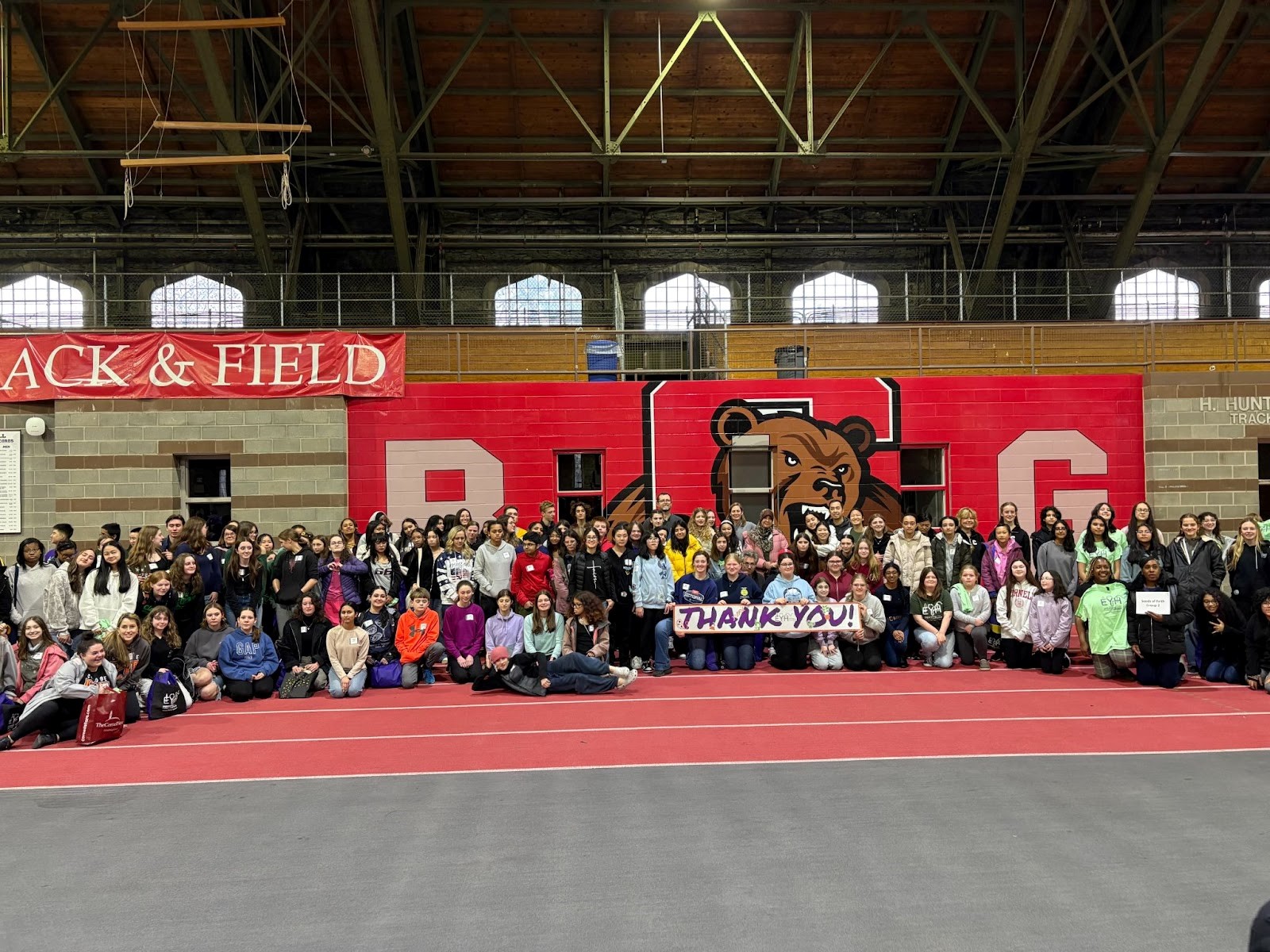With the continuous advancement of assisted reproductive technology, in particular IVF and contraception, you may wonder: why do we still need to study the biology of the ovary? Assisted reproductive technologies often have side effects, are highly costly, and are far from efficient. Their long-term biological and social impact also remains debatable. Furthermore, the ongoing obesity pandemic, increasingly delayed first childbirth, and prevalent environmental pollutants with detrimental effects on reproductive health, post numerous new challenges: they affect fertility and reproductive health by disrupting the function of reproductive organs, including the ovary, which provides the environment where oocytes grow and mature. Therefore, it is imperative to gain more understanding of how the ovary responds to various physiological and environmental stresses and subsequently impacts the health of oocytes.
Researchers at CoRe are fascinated by the ovary also because of its intriguing biology. What Mother Earth is to us, the ovary is to oocytes- the source of new life. The cyclic changes in the ovary’s structure and function in the reproductively active period is an ode to the highly coordinated dance between the constructive and deconstructive force of life: all have to be in the right place at the right time, and all is hormonally regulated. We hope to develop the ovary as a powerful and unique model for discovering fundamental mechanisms regulating dynamic tissue remodeling processes in physiological as well pathological conditions. Such knowledge will also undoubtedly be beneficial for improving the health of the ovary.
For several decades, researchers at Cornell University have made a long-lasting impact on our understanding of ovarian biology. Much of this work focused on domestic species, in particular dairy cows, which continue to serve as an important model for research in ovarian biology. Importantly, less-than-satisfactory reproductive performance of high-performing dairy cows is a pressing problem in dairy agriculture.



